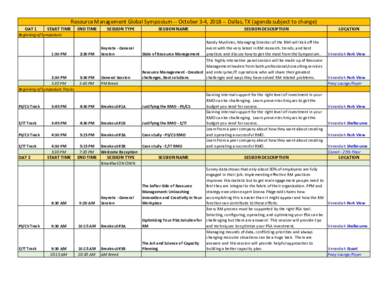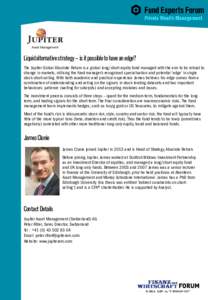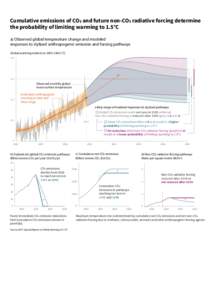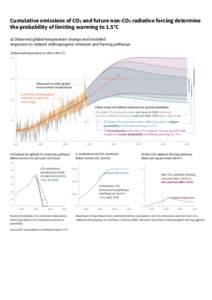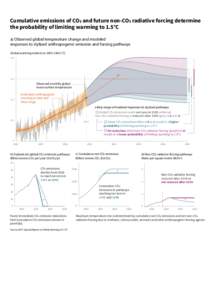<--- Back to Details
| First Page | Document Content | |
|---|---|---|
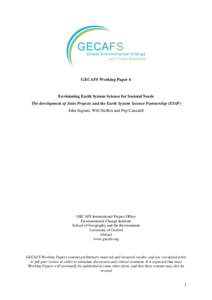 Date: 2011-03-09 09:03:09International Human Dimensions Programme Atmospheric sciences Earth System Science Partnership International Geosphere-Biosphere Programme ESSP Global change Diversitas Global Land Project International Council for Science World Climate Research Programme Future Earth International Global Atmospheric Chemistry |
Add to Reading List |
 GECAFS Working Paper 6 Envisioning Earth System Science for Societal Needs The development of Joint Projects and the Earth System Science Partnership (ESSP) John Ingram, Will Steffen and Pep Canadell
GECAFS Working Paper 6 Envisioning Earth System Science for Societal Needs The development of Joint Projects and the Earth System Science Partnership (ESSP) John Ingram, Will Steffen and Pep Canadell